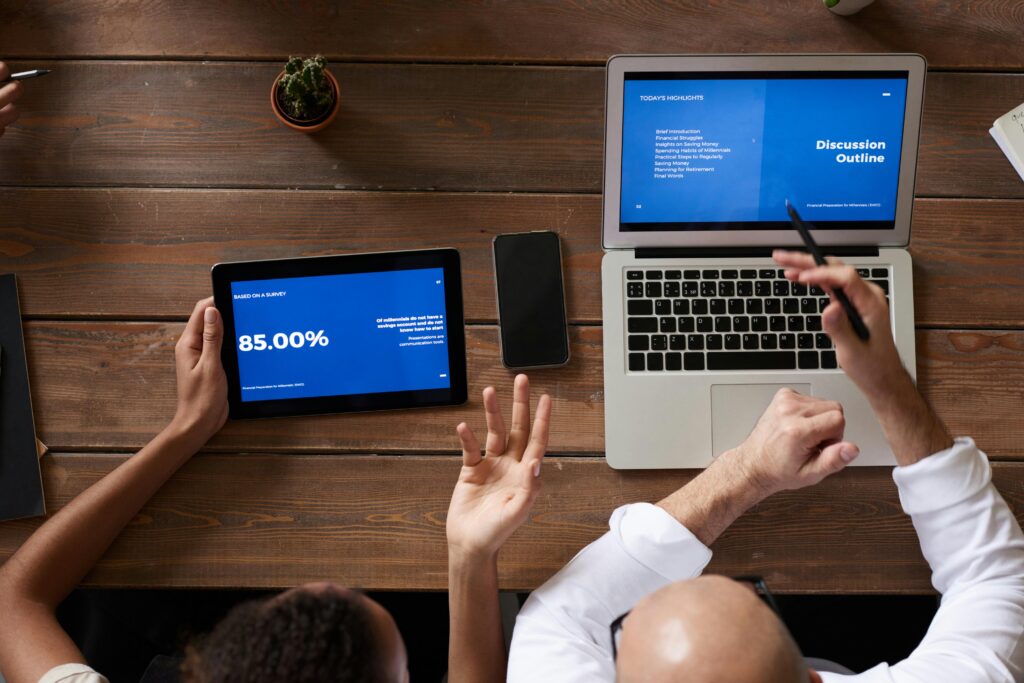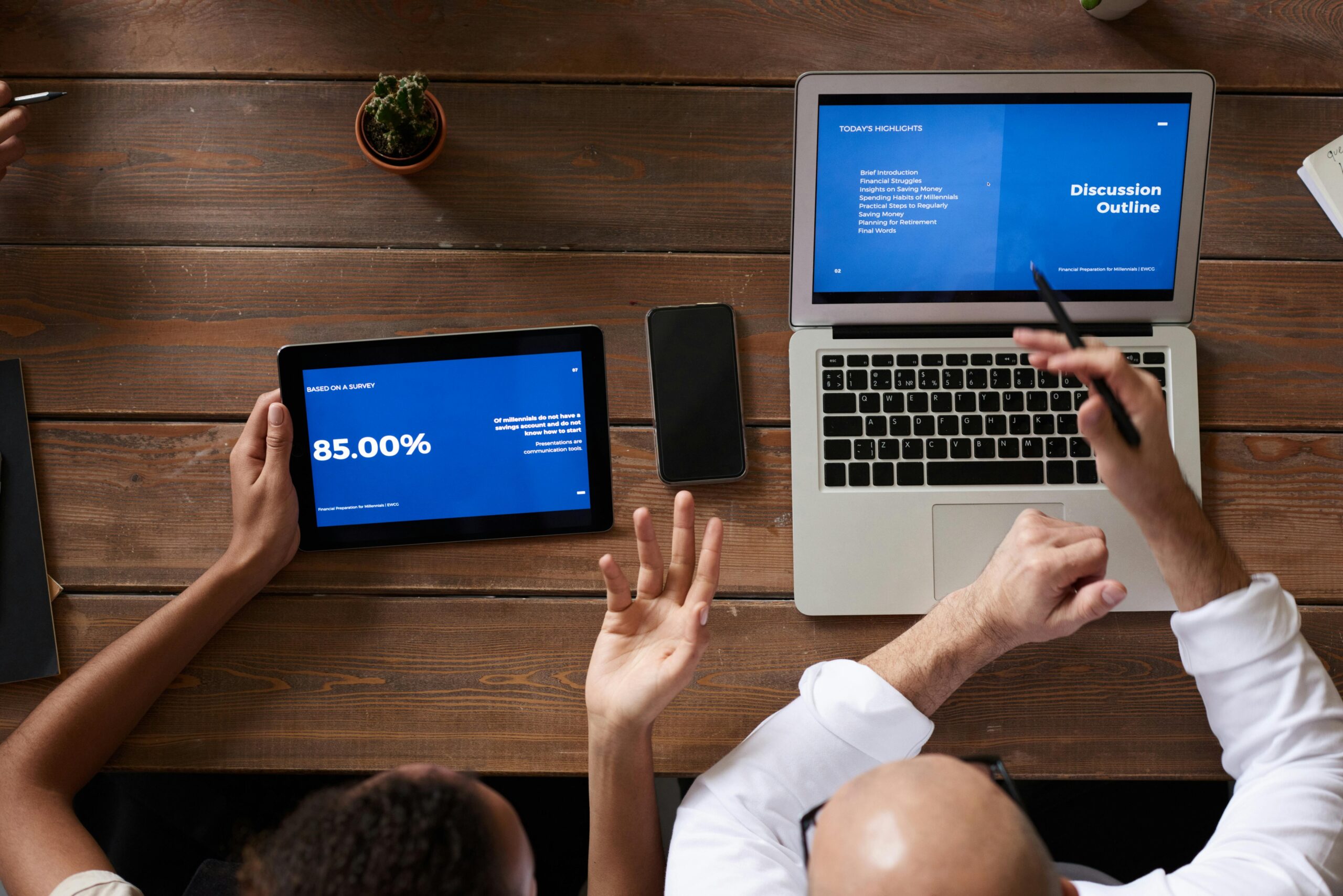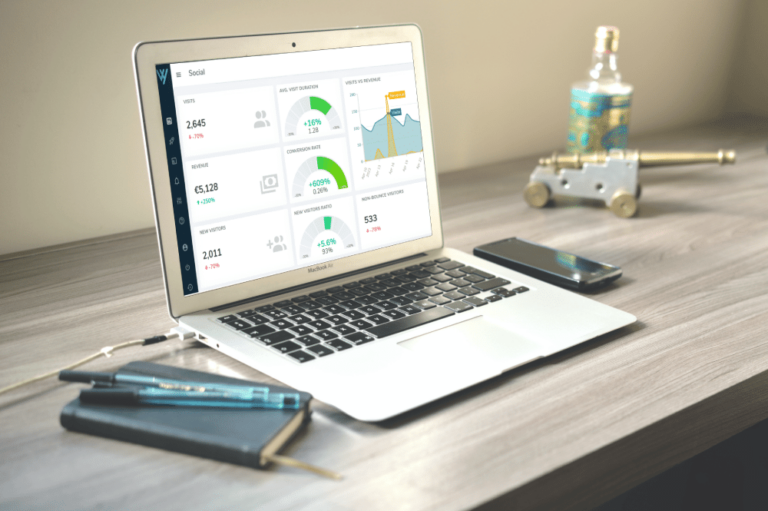
Understanding ROPO and Why it Matters
ROPO, or “Research Online, Purchase Offline,” describes a common consumer behavior: customers investigate products or services online before finalizing their purchase in a physical store. This trend is especially relevant for brands with both e-commerce and brick-and-mortar or call centers presences, as it gives consumers the freedom to browse, compare, and evaluate options online without committing immediately.
For marketers, ROPO is crucial to understand because it bridges the gap between digital and in-store behavior. Traditional ROPO analysis, however, has struggled to capture the full scope of offline actions due to reliance on limited matching keys, such as email addresses or phone numbers, to connect online research to offline purchases. This gap in data has made it difficult for brands to fully measure the impact of digital marketing on in-store sales, leaving valuable insights untapped.

What’s New: A Fresh Approach to Offline Attribution
Eliminating Dependency on Matching Keys
Wizaly’s new ROPO algorithm marks a significant shift from traditional methods, removing the need for matching keys like email addresses or phone numbers to link online research with in-store purchases. Unlike older approaches that depended on these data connections or third-party data providers, this new algorithm streamlines the process, reducing complexity and improving privacy. By bypassing the need for third-party matching data, Wizaly delivers a more direct, efficient, and privacy-conscious approach to ROPO analysis.
Enhanced Attribution for Offline Conversions
At the core of this innovation is a Bayesian regression model designed for high-precision offline attribution. This model doesn’t require explicit conversion paths; instead, it uses Bayesian statistics to learn and refine its understanding of how online media drives offline purchases. It starts with an initial understanding, or “prior knowledge,” of how each marketing channel might contribute to in-store sales. Then, with each new set of observed data, the model adjusts these beliefs, constantly honing in on each channel’s true impact on offline conversions.
To illustrate this process, imagine the model as someone throwing darts at a target that represents the real impact of each marketing channel on offline purchases. Each “throw” represents a campaign—another piece of data added to the model. With every throw, the model’s aim improves, gradually revealing a clearer picture of which channels are most effective in driving offline purchases. This approach enables Wizaly to capture even those offline purchases influenced by online campaigns without needing to directly match individual customers, offering a comprehensive view of marketing effectiveness across both digital and physical channels.
Key Features of the Enhanced ROPO Analysis
100% Offline Conversion Attribution
The enhanced ROPO model enables complete attribution for offline conversions, delivering a far more comprehensive view of customer behavior across digital and physical channels. With this model, marketers can finally account for the full journey from online engagement to in-store purchase, closing the gap that traditional ROPO approaches left open. By fully capturing offline conversions, brands gain insights into the total impact of their marketing efforts, better understanding how online campaigns translate into real-world sales.
Correlation with Traffic and Impressions
Similar to Marketing Mix Modeling, this new ROPO analysis method leverages data on website traffic and ad impressions to detect patterns and connections between online activity and offline purchases. By analyzing fluctuations in traffic and impressions alongside sales data, the model identifies trends that suggest how online exposure is influencing offline actions. This correlation gives brands a strategic edge, helping them fine-tune their campaigns to optimize the online-to-offline impact.
Adaptability to Various Non-Reconcilable Conversions
While built with offline purchases in mind, the model’s adaptability makes it valuable for other types of non-reconcilable conversions as well. This flexibility means that clients can apply the model to analyze conversion types that don’t lend themselves to direct matching—such as app downloads or foot traffic influenced by digital ads—broadening its applicability and enhancing its value across a variety of campaign goals.

Benefits for Marketers
Immediate Activation and Easy Integration
With just a simple checkbox to activate, Wizaly’s enhanced ROPO model is ready to go without any complex setup or third-party integrations. This streamlined approach saves time and effort, allowing marketers to quickly put the new attribution insights to work without needing additional technical resources or support.
Greater ROI Clarity for Offline Campaigns
This enhanced ROPO analysis provides precise insights into how each online channel contributes to offline conversions, giving marketers a clearer picture of their return on investment for in-store sales. With a more accurate view of which channels are truly driving in-store purchases, marketers can allocate their budgets more confidently, optimizing spend to focus on the most impactful touchpoints.
Actionable Insights for Channel Strategy Optimization
Armed with a holistic understanding of how online efforts impact offline outcomes, marketers can fine-tune their channel strategies to better meet their goals. This comprehensive attribution approach offers actionable insights that enable marketers to adjust campaigns in real time, ensuring they maximize the effectiveness of each channel in contributing to overall success.
Pioneering Holistic Attribution with Wizaly
Wizaly’s new ROPO analysis redefines what’s possible in understanding marketing performance, offering clients a clearer and more actionable view by seamlessly connecting online campaigns to offline conversions. By overcoming traditional limitations in offline attribution, this model allows marketers to see the true influence of each channel on in-store purchases, providing a fuller picture of customer behavior across their entire journey.
For brands aiming to capture the complete scope of their omnichannel performance, this innovative approach is a game-changer. By accurately attributing offline conversions to specific online efforts, Wizaly equips clients with the insights they need to drive smarter strategy decisions, optimize budget allocations, and maximize the impact of their marketing initiatives across every channel.



